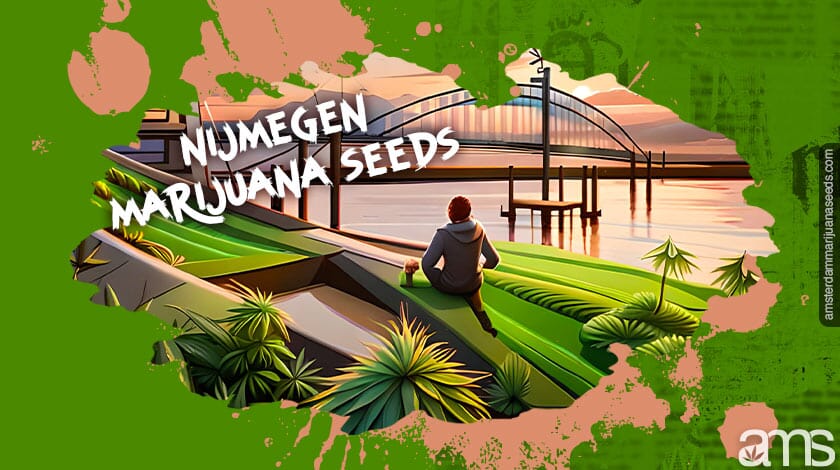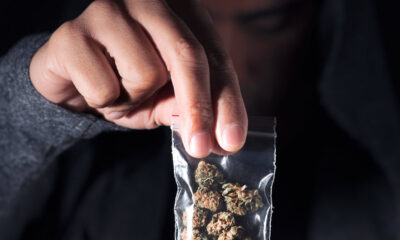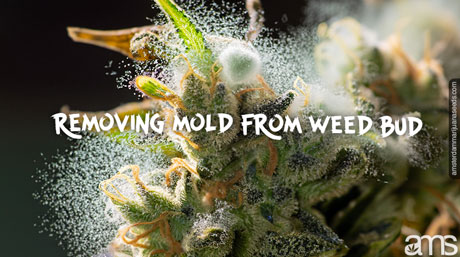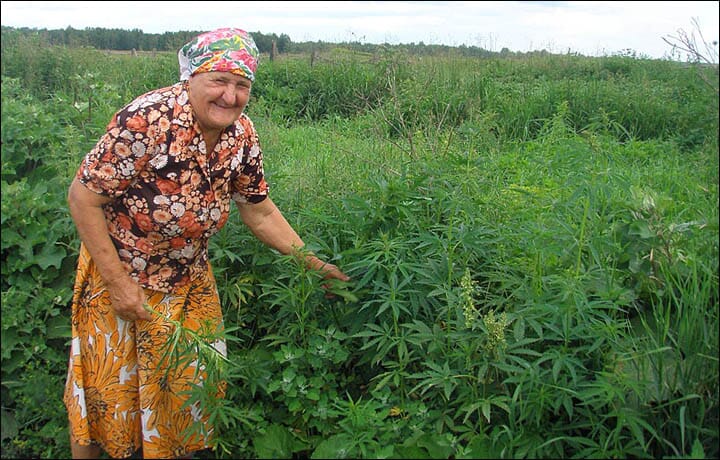If you have tried to cultivate weed plants, you know how moldy
cannabis plants can be devastating. To many people, this is the worst experience that will make them lose hundreds if not thousands of dollars. Nonetheless,you can learn how to deal with mold on cannabis plants,which will give you some peace of mind. To deal with the problem, you must know what mold on cannabis plants looks like. After knowing what mold on cannabis plants looks like, you will be able to deal with it.
First, we will identify the different types of mold. Followed by a thorough list of what to do if that happens to your beloved plant. And also how to prevent it.
Different types of marijuana mold
Growing cannabis comes with many obstacles, none of which are more common or irritating than mold. Mold is as harmful as it is annoying, as well as being a bit tricky to treat. So here’s a little advice on how to identify and prevent it from happening to you:
There are a couple of different types of mold that could potentially invade your cannabis garden. However, there are two common ones: powdery mildew and botrytis, the latter being essentially bud rot.
Botrytis is pretty hard to identify because it is only visible at the base of the stem. However, eventually, some small leaves will begin to wither and dry out, which is a surefire sign that your bud is suffering.
If you see some of your plant’s leaves drying up, look a little closer, and you might find some slightly furry details. Fluff can potentially begin to grow on the leaves of your treasured plant that is blue or white, which is pretty harmless if treated straight away. However, if you allow botrytis to advance, you might notice tiny black dots appearing in the mold. These are spores, and they spread like crazy, so don’t breathe them in!
Powdery mildew is another prevalent type of plant mold and can be observed to look exactly as its name suggests. Powdery mildew is a white, dusty substance that lies on the surface of plant leaves and inhibits photosynthesis, which is your plant’s way of making food using light. Eventually, if your plants are suffering from this condition, their leaves will shrivel up and die, so it is best to prevent powdery mildew from occurring in the first place.But how do you do that?
How to deal with mold on weed plants
As mentioned in the beginning, the worst part of cannabis plant cultivation is a mold invasion, which does not seem to go away easily when it settles on the plant. But here are simple and ingenious ways to deal with mold:
1. Pull aside withered plant buds
Whenever you spot a withering cannabis bud, it is a sign that mold has invaded the plant. Instead of wasting time, gently pull off the bud. If you get rid of that, chances are high that you’ll save the rest of the planet.
2. Chop off the affected leaves
Just as you would do to the affected bud if you suspect that a part of the cannabis leaf has been affected, it’s better to chop it off. It is advisableto remove all the affected leaves and buds of the infected plant instead of waiting for the mold to spread to all the other cannabis plants.
3. Ensure there is proper airflow
One of the most significant contributors and facilitators of mold on marijuana plants is the lack of proper airflow to the plant. To ensure mold does not invade your plants, ensure adequate airflow to the crops.
4. Inspect the humidity
The amount of heat and air in your land is crucial to taming mold on cannabis plants. Although this might be difficult for those who grow cannabis outside, it is still essential to check the humidity levels.
5. Ensure consistent climate on plants
The issue of ensuring a consistent climate for marijuana plants is complicated, especially if you grow your plants in an open field. For those who cultivate cannabis from an enclosed area, it is more comfortable. You can use dehumidifiers and fans to regulate the internal climate around your crops.
6. Control the temperature
Like any other crop, the cannabis plant and environment temperature are key to preventing mold on cannabis plants. To keep the temperature around your crops consistent, use available temperature control devices that will keep it at normal ranges while ensuring high airflow but keeping humidity at bay.
7. Water and feed your plants well
You may think that watering and feeding your crops do not have any relationship with preventing or dealing with mold on cannabis plants, but it certainly does. A healthy cannabis plant can more easily resist mold invasion than an unhealthy and poorly watered and fed plant.
8. Space your cannabis plants
As it were, mold can invade your plants when congested. Again, it boils down to a lack of sufficient airflow. You need to ensure adequate space among your plants to prevent congestion, where mold thrives.
9. Prune your cannabis plants
Again, the aim of pruning your cannabis plants is to ensure your plants have enough airflow, which in time will drive mold away from your cannabis plants.
How to get rid of mold on buds
To begin with, never smoke moldy buds. It’s hazardous! If mold appears on your buds, it can ruin months of total dedication and hard work. Unfortunately, preventing mold spores from moving into the buds is challenging. That’s because these spores are found literary everywhere, even in the air that we breathe!
But that doesn’t mean mold spores can survive in all conditions. Hence, you can manipulate the conditions in your curing area to address this issue and keep off mold on the buds.
1. Drying the buds properly
Once you have harvested your mature buds, you must dry them thoroughly. Properly dried buds should be firm when touched. They should not crumble or feel moist or soft on the touch. This means that they haven’t dried well and can potentially develop mold. There’s only one solution to this issue, and that is drying the buds completely!
2. Burping the jars during the curing phase
Drying involves putting your dry buds in an airtight jar and storing them in a dark location. Moisture can be released from the buds and stems and eventually seep into the air and other buds. This moisture puts the buds at risk of mold formation during curing. The one way to address this issue is to ‘burp out the excess moisture.
Typically, you should burp out curing buds 2-4 times per day at the beginning of the curing process and less frequently as the humidity drops. To keep off mold, you must pay keen attention to details daily. Should there be any signs of mold on your buds, you must remove the moldy buds immediately and discard them!
3. Using a hygrometer and a dehumidifier
When curing your buds, you should ensure a humidity level of between 55%-62%. You will use the hygrometer to measure the relative humidity in your curing jars, and should it exceed the said limits, you’ll use the dehumidifier to lower it.
What to do in the case of botrytis
The best measures to prevent both types of mold – as mentioned at the beginning of the article – are to check your plants regularly and ensure they receive everything they need to grow correctly. However, preventative measures won’t help people who are struggling with mold issues at the moment. So what to do?
In the case of botrytis, the only option you have is to use chemical sprays to combat the mold’s effects. You can purchase sprays to rid you grow of bud rot at pretty much any garden store. Another thing you can try is moving your infected plants to a warmer area with low humidity. This will stop the disease from spreading.
What to do with powdery mildew?
With powdery mildew, some natural remedies have been tried and tested. To combat this mold, add two teaspoons of cider vinegar to one liter of water and spray it over your plants. This should do the trick. Another method is to mix 60% milk and 40% water and spray them on them, which should also work some magic.
Overall, mold is a nasty, plant-killing culprit that has to be stopped, though luckily, there are plenty of ways to get rid of it before it damages your plants too much. Preventative measures are the best course of action to take, but it is nice to know that more can be done if conditions worsen.
Good luck!


 Cannabis News1 year ago
Cannabis News1 year ago
 One-Hit Wonders1 year ago
One-Hit Wonders1 year ago
 drug testing5 months ago
drug testing5 months ago
 Cannabis 1011 year ago
Cannabis 1011 year ago
 Marijuana Business Daily1 year ago
Marijuana Business Daily1 year ago
 Education1 year ago
Education1 year ago
 Education1 year ago
Education1 year ago
 Cannabis1 year ago
Cannabis1 year ago
























